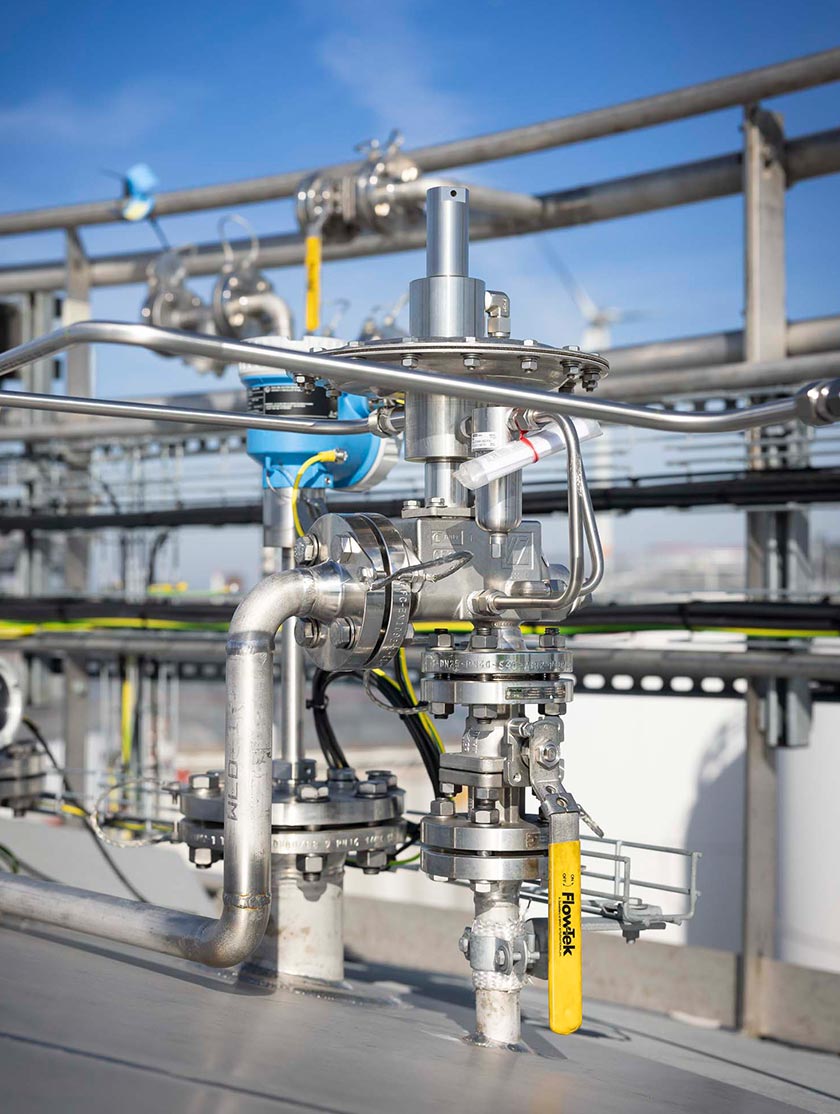Choosing the Right Flame Arrestor for Group IIA, IIB, or IIC Vapors: A Comprehensive Guide
Flame arrestors are an essential piece of equipment that protects industrial facilities from potential explosions caused by flammable vapors. They prevent flames and explosions from entering or exiting a vessel or pipe containing flammable gases or liquids. Simply put, a flame arrestor acts as a barrier between the external flames and the volatile vapors inside a vessel or pipe. But did you know that not all flame arrestors are the same? They are specifically designed to handle different types of flammable vapors. Groups IIA, IIB, and IIC are different categories of flammable gases that require different types of flame arrestors for maximum safety and efficiency. In this blog post, we will discuss how to find the right flame arrestor for each of these vapor groups.
Group IIA Vapors
Group IIA vapors, also known as propane, butane, or methane, are relatively less volatile compared to other types of gases. For these vapors, a deflagration flame arrestor is recommended, which is designed to withstand low explosion pressures and produce a low flame spread velocity. This type of flame arrestor has a narrow plate gap, making it ideal for handling Group IIA vapors.
Group IIB Vapors
Group IIB vapors, including acetone, benzene, and ethanol, are more dangerous and require a different type of flame arrestor. In this case, a detonation flame arrestor is a more suitable choice. These gases release much more energy during an explosion. Therefore, a flame arrestor that can withstand much higher pressures is required. Detonation flame arrestors are designed with larger plate gaps and corrugated metal bands for optimum performance.
Group IIC Vapors
Group IIC vapors, such as hydrogen, methanol, and ethylene, are the most volatile and dangerous category of flammable gases. These gases have a high combustion rate, meaning they produce a rapid and violent explosion. For this reason, a deflagration and detonation flame arrestor is recommended for Group IIC vapors. This type of flame arrestor combines the properties of both deflagration and detonation flame arrestors, making it the most effective choice for maximum protection against these highly flammable gases.
Choosing the Right Flame Arrestor
In short, when selecting the right flame arrestor for Group IIA, IIB or IIC vapors, it is crucial to consider the specific characteristics of the gases being treated. The type of flame arrestor varies depending on the flammability,
Looking for The Right Flame Arrestor? Get Expert Help Choosing the Ideal Arrestor Engineered To Fit Your Needs |
Cashco’s flame arrestors are engineered to stop the propagation of flames in gas piping systems, helping protect equipment, personnel, and facilities. For more information about Cashco's arrestors, view all models here .
Cashco is dedicated to ensuring you select the best solution for your tank protection needs. Need help choosing the right flame arrestor? Contact us and our experienced team will gladly assist you in finding the ideal product!
Why Flame Arrestors Matter |
Cashco Flame Arrestors are specifically engineered to match the explosive mixtures Maximum Experimental Safe Gap, in order to ensure complete extinction of the flame.



